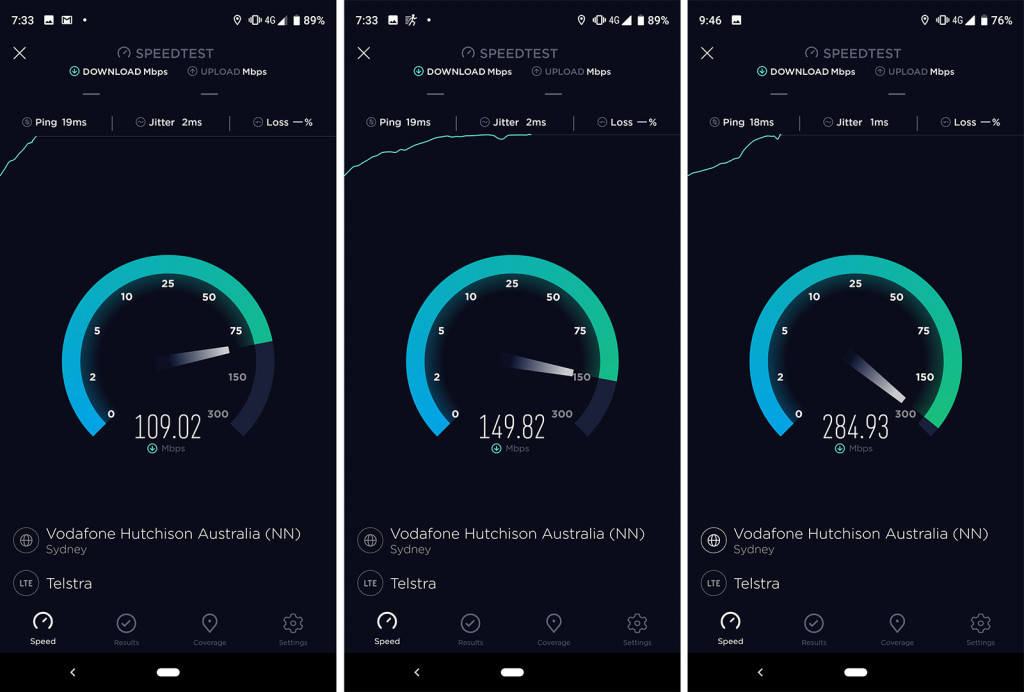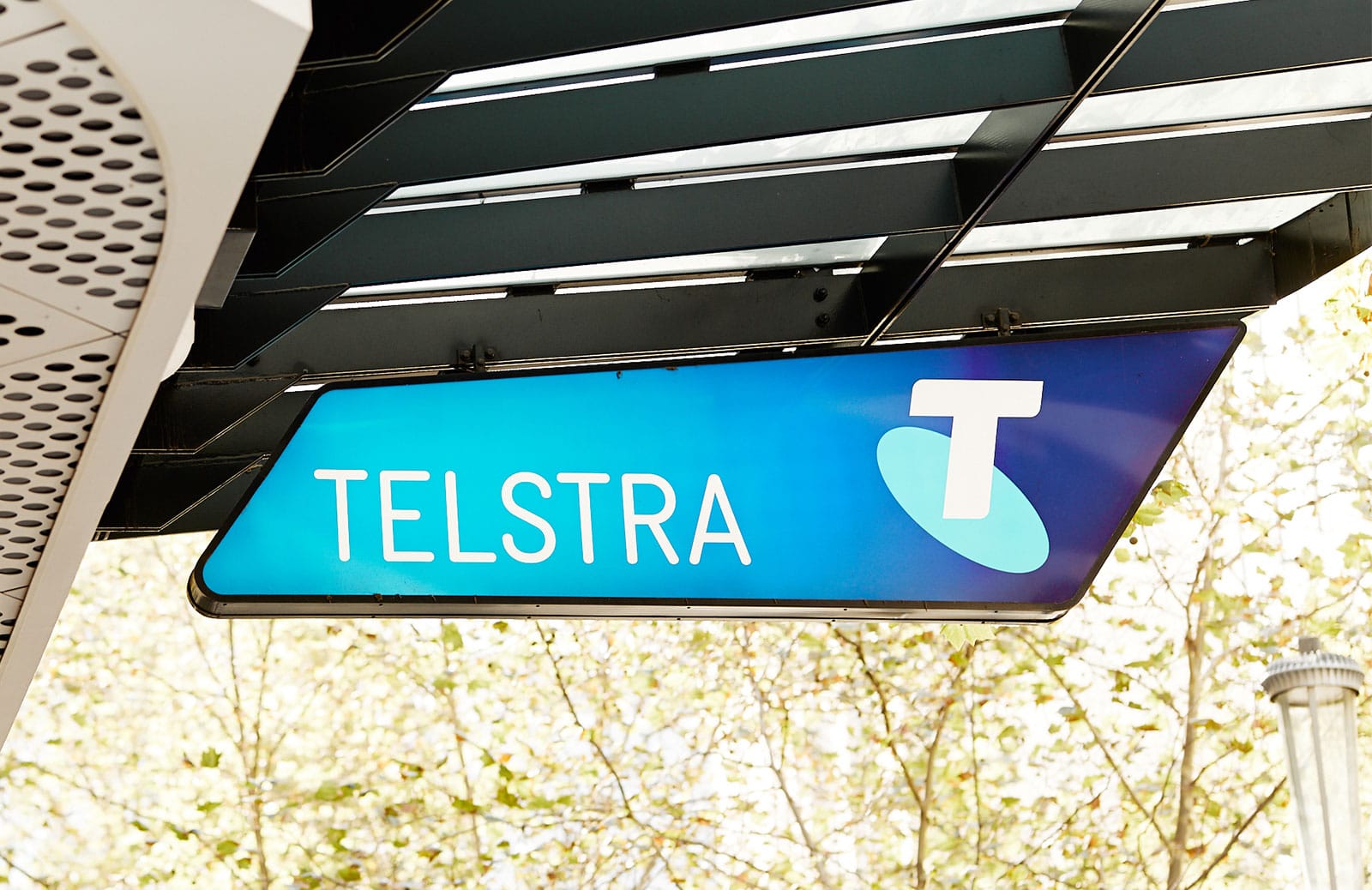Not a fan of paying for excess downloads? The new crop of Telstra plans could be something you’ll dig, but only if you don’t mind being shaped.
There’s a fairly sound logic that the more our phones can do, the more we’re likely to use them, and the more we’re going to use the mobile data they rely on. It’s little wonder why our data plans are so big these days, because we are taking full advantage of the capabilities of our phones.
Take the cameras: they are better than ever, and now that we have such a capable camera at our disposal everywhere we go, we’re taking more photos, capturing more video, and sending and sharing these with friends online.
Sharing these big images and video files consumes data, and can sometimes see you going over your download quota, as can other activities, such as streaming movies, music, playing games, and generally using your phone’s internet connection.
In fact, depending on what you use your phone, for you might be regularly going over your phone plan’s data allowance, and that might see you charged extra for those excess downloads. It might be several cents a meg or ten bucks a gig, or something else, though the result of any of this is roughly the same: people are being charged for using the internet beyond what their plan supports.
It’s no doubt a burden and a problem, and it can create some pretty frustrating situations, particularly when that mobile bill rolls in. If you have children on a specific plan and they rack up more data than you expect, the same is true.
This problem rears its head at several telcos, though it’s one Telstra is hoping to do away with in a revised list of plans it is launching this week, moving on to month-to-month plans for more or less its entire range, and allowing customers to jump from plan to another as they want to on a monthly basis.
The new plans all offer the same unlimited standard national calls and text, with the data being the critical difference between all, choosing between 15GB, 60GB, 100GB, and 150GB monthly.
Those plans arrive at $50 (15GB), $60 (60GB), $80 (100GB), and $100 (150GB), with each supported by no excess data charges thanks to something Telstra has been testing from last year’s approach to unlimited mobile data: capping the speed.
Here we go again: the ADSL quality of mobile speeds
Last year, two of the major telcos tried something that we weren’t too big a fan of, and it appears the practice isn’t dead.
Instead of offering extra downloads at a reasonable cost for customers, telcos started offering unlimited downloads and a handicapped speed more like that of ADSL.
Specifically, it means unlimited downloads work at 1.5Mbps maximum, closer to the performance of ADSL from over a decade ago. This might come across as a bit of jargon, but you can translate it by understanding what a megabit is and how fast that is against standard 4G.
Regular 4G offers speeds between 70Mbps and 150Mbps, with more on offer depending on the phone you use. Some phones can get 300Mbps, others can get 600Mbps, and some 4G handsets can pull in 1400Mbps.
In stark contrast, Telstra’s “no excess data charges in Australia” condition limits the speed to 1.5Mbps, around at least 40 times lower than what you’re likely to see on 4G. We’re not sure if Telstra can call that 4G, because it’s closer to 3G.
That’s acceptable for some things — web browsing, email, and social are unlikely to see any major differences — but hardly useful if you want to upload lots of files, stream HD video, or partake in some online gaming of sorts. And we’ve already heard complaints from customers who use the concept on the Vodafone network, and who get frustrated when the speed drops.
Bizarrely, Telstra did confirm that it’s possible the Telstra Air network access could outperform its 1.5Mbps shaping speed, because Telstra will keep the access to its Telstra Air network free for its customers (alongside data to Apple Music), but that Telstra Air speeds were handled from the Telstra Air points around Australia. In theory, that could mean that if you’re shaped on 1.5Mbps and walking around town, connecting to a Telstra Air WiFi network could offer you better speeds as you move than your 4G connection. Crazy.

How Telstra’s new plans deal with the unlimited issue
The new Telstra plans keep that concept in motion, the unlimited ADSL-like speeds, and from what the company said at the launch, the company believes the speed is enough.
However if you run out of 4G data and don’t want the speed, the company will let customers jump from one plan to the next.
That means if you run out of 60GB on the $60 plan, you can spend $20 more and move to the 100GB for $80, allowing you to move between plans rather than get locked in for the duration of your plan.
However you can’t buy excess data as you used to be able to, and if you don’t pay the next plan option, once you go over the speed, expect to be shaped.
“Customers expect to be able to personalise their experiences and only pay for what they want or need,” said Andy Penn, CEO of Telstra.
“They also want to be able to change their mind month-to-month as their individual needs change. I am extremely proud that Telstra now offers customers that flexibility, so they can tailor their plan to suit their lives,” he said.
How it works and what you get
So how it works from here on is that when you get a Telstra plan with a phone, you’ll pay for that phone separately over 24 or 36 months, and pay for the plan you need extra as a month-to-month thing.
Telstra is also doing away with its lease plans with this announcement, meaning you won’t have the option of renting your phone and never owning it, a concept which basically saves around $10 per month and has you paying close to the cost of the phone, even though you’ll never own it.
This is probably one of best moves from this announcement, though Telstra this week confirmed that people on lease plans now will have to pay out the rest of their contract in order to get off their lease plans.
Big data and 5G
The other notable parts of the new Telstra 5G plans occurs around 5G and large quantities of data.
Specifically, if you want 5G access, Telstra is advising that on the lower plans, the $50 and $60 monthly plans, you get a free 5G trial until June 30 next year (2020), and then after that you can opt in for $15 per month extra.
Or in other words, yes, 5G will cost something.
On the flip side, 5G network access is included in the $80 and $100 plans automatically. No doubt, there’s a bit of an up-sell there for its salespeople, because why pay $60+$15 for 60GB if you want 5G access next year, when you could pay $80 and get the 5G bundled in free with 100GB data. The sales tactic here is pretty clear.
Data is the other critical point, because with the launch of these month-to-month plans, Telstra is killing off its most expensive and yet also quite interesting plan, the $199 unlimited everything plan.
That means that while $199 per month previously got you unlimited downloads, Telstra now maxes that at $100 per month for 150GB of data. If you need more, tough luck, because once you hit over 150GB, you’ll get shaped to 1.5Mbps.
This is probably the most pertinent sticking point for the new Telstra plans, because it means customers no longer have the option of paying for more data. We’re not sure this is necessarily a good tactic, and while we can see many who won’t have a problem with 1.5Mbps shaping — because it will mean no excess data costs — there will be others that want the extra data.
The upside of these plans is that it does make the Telstra plan option easier to read and easier to understand, but if you’re happy where you are, you might want to stay there for the moment.







